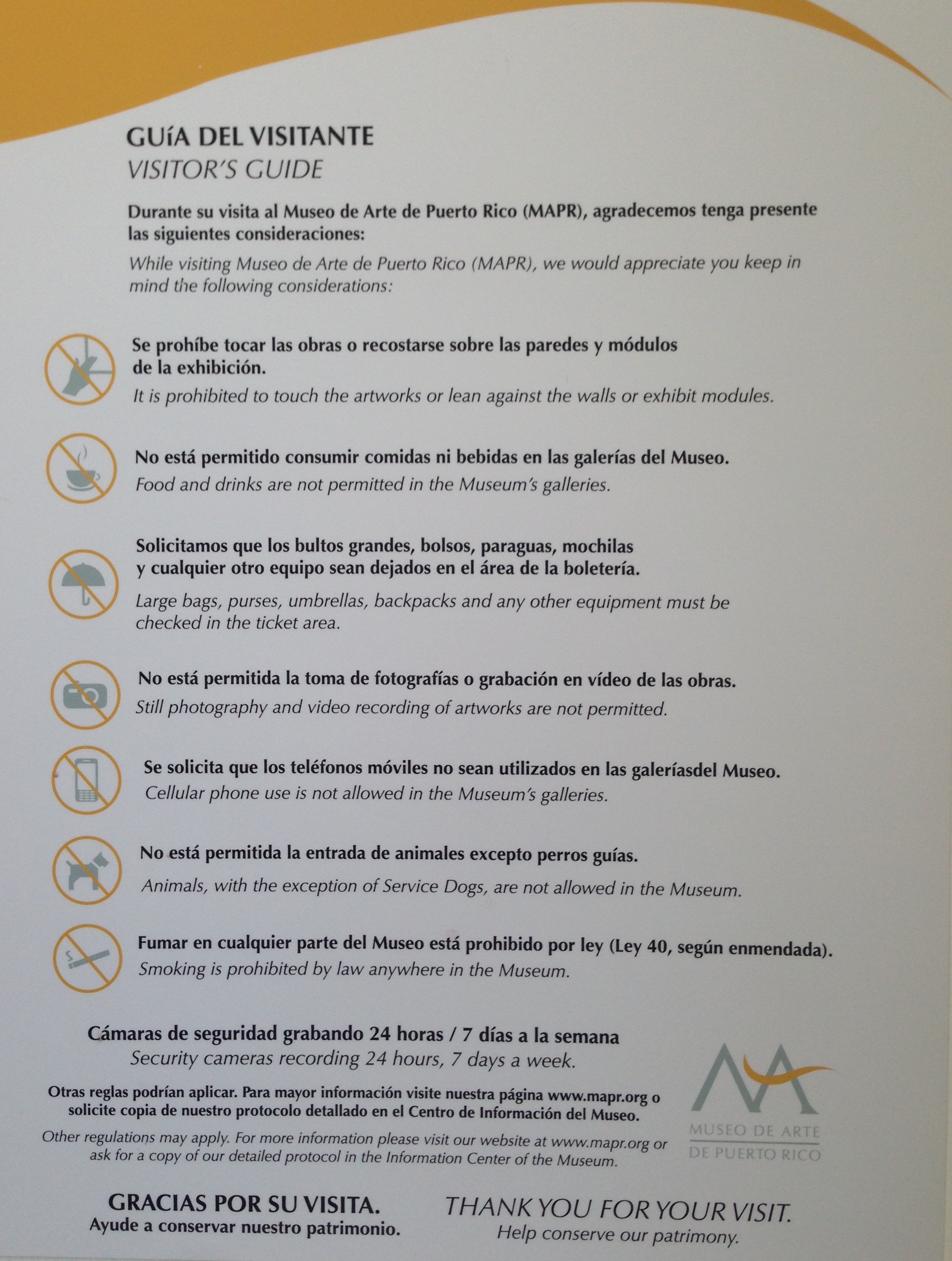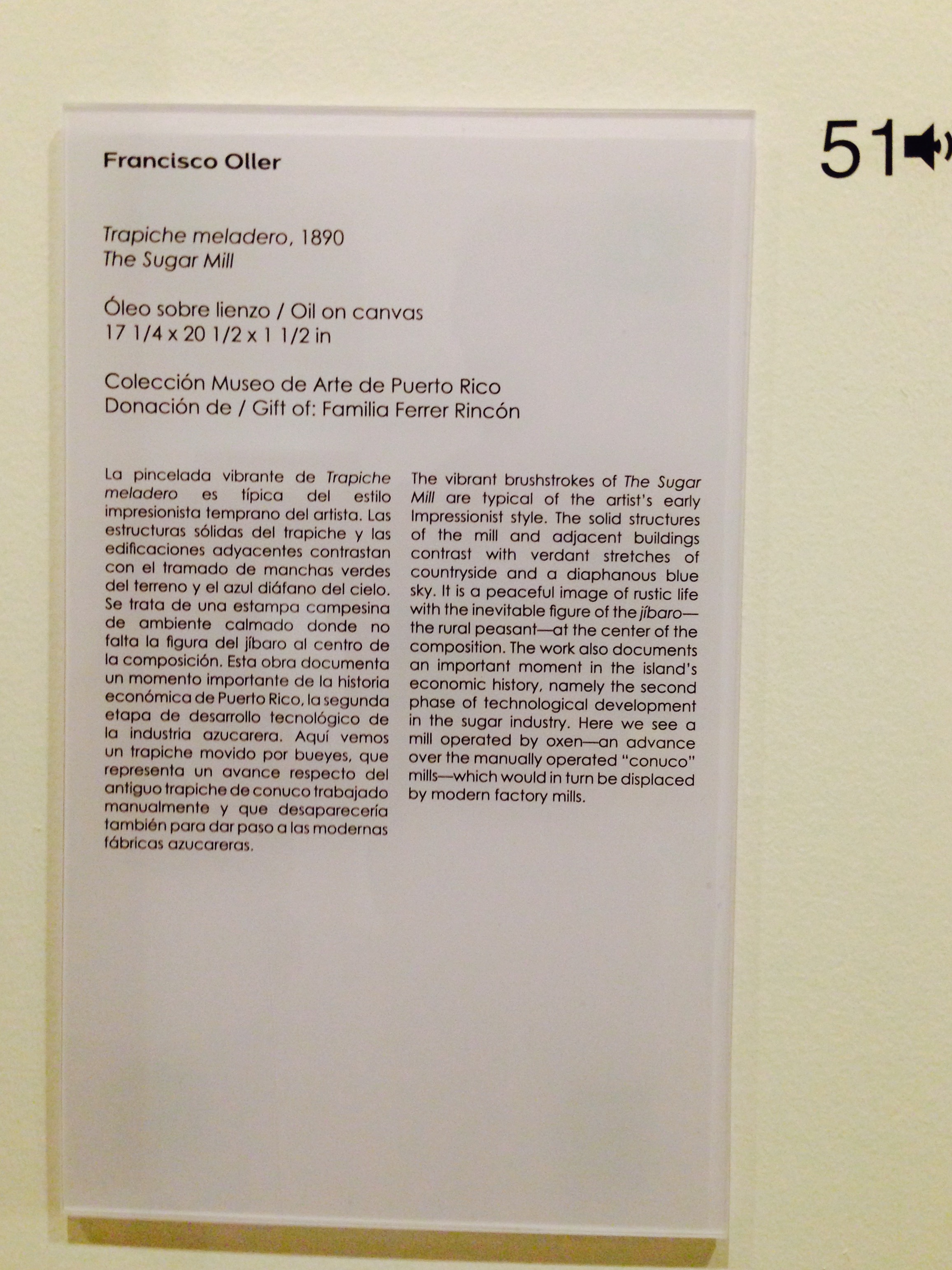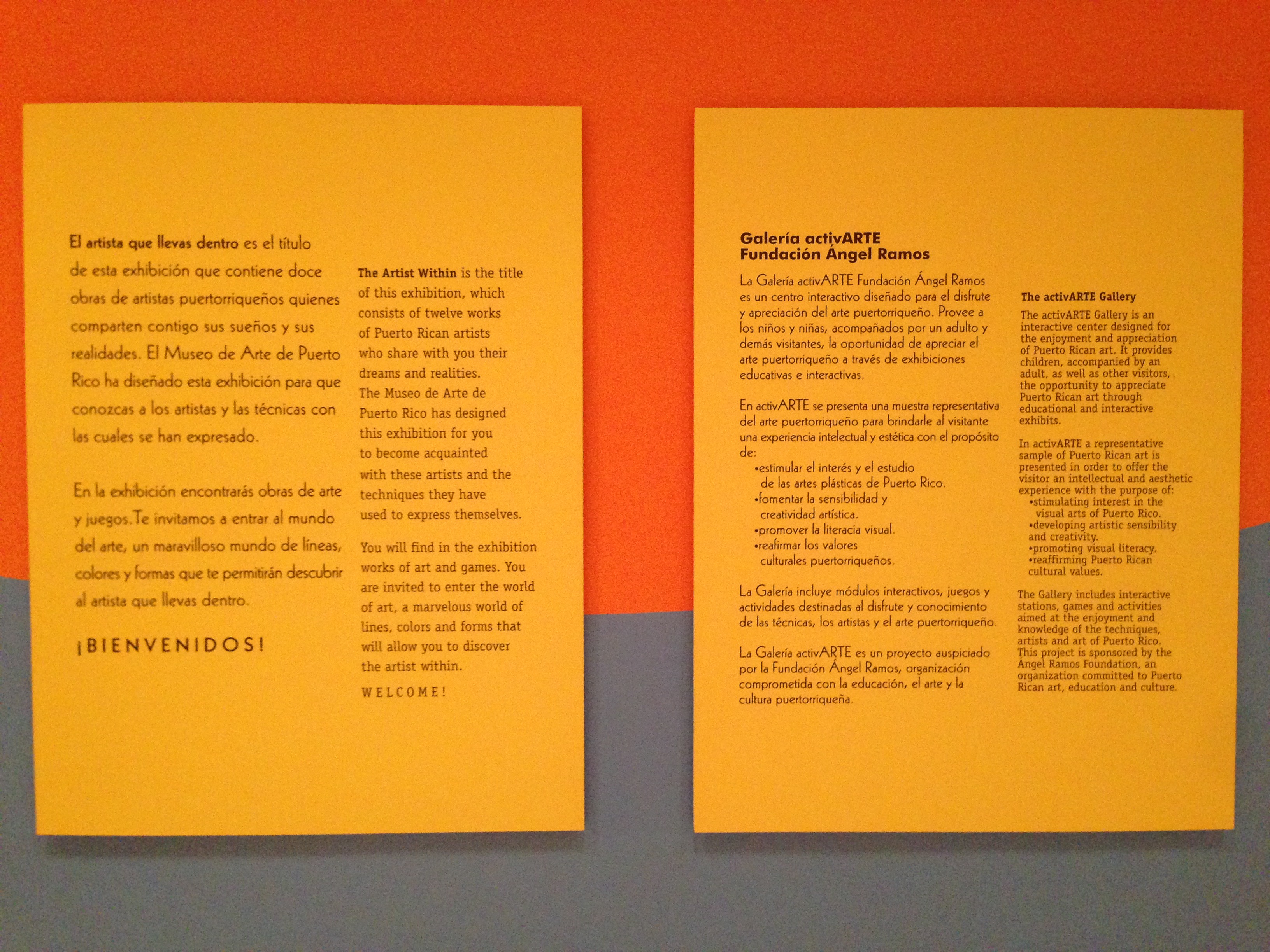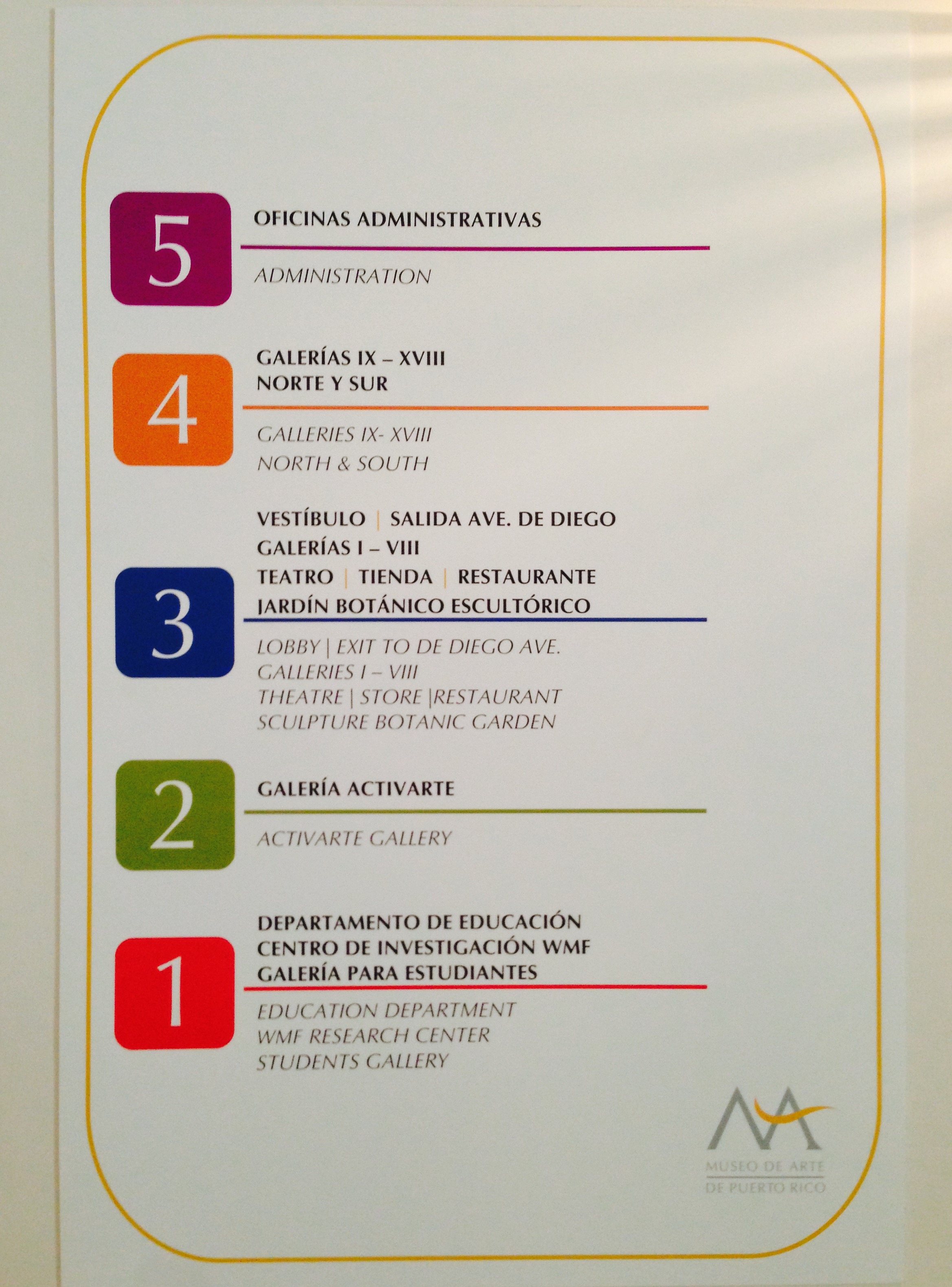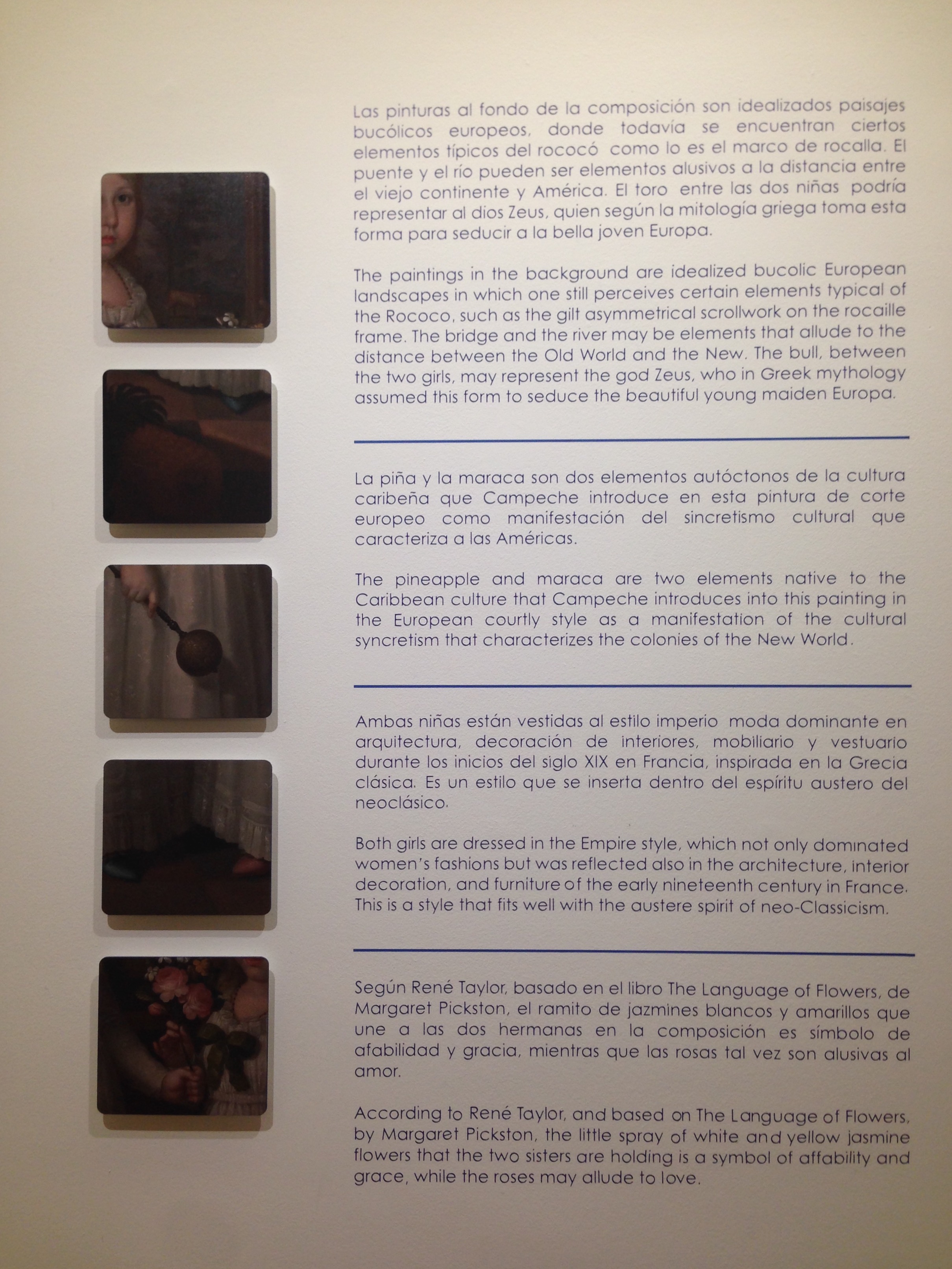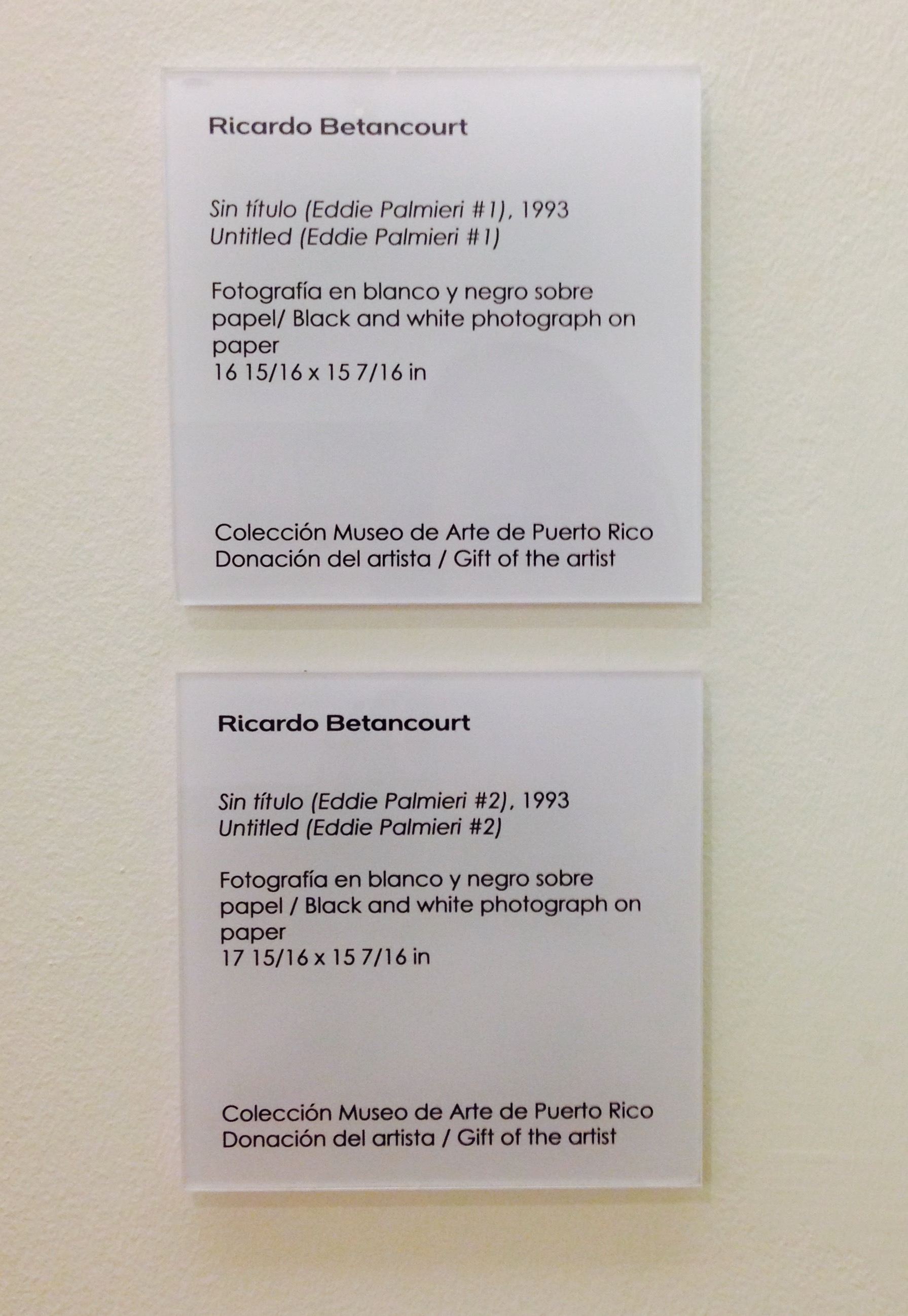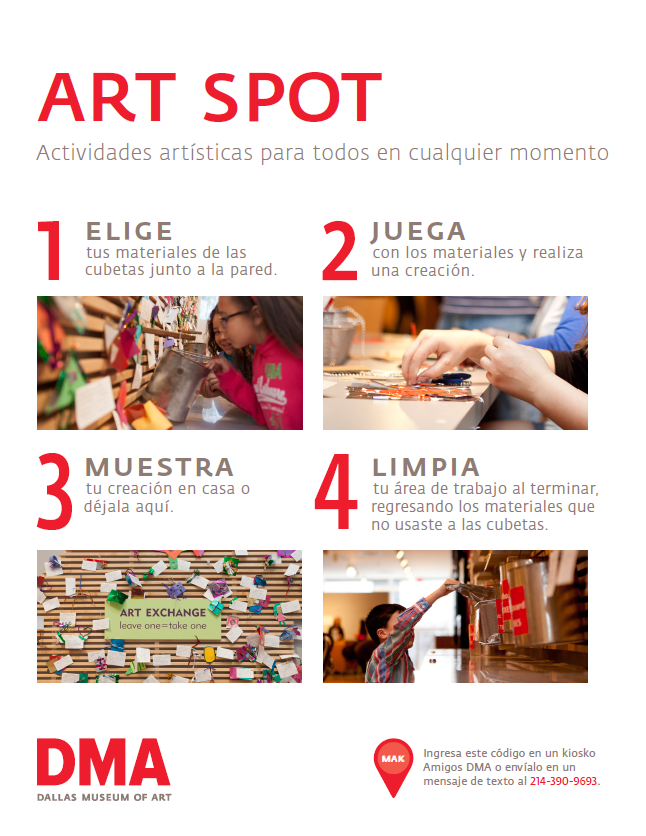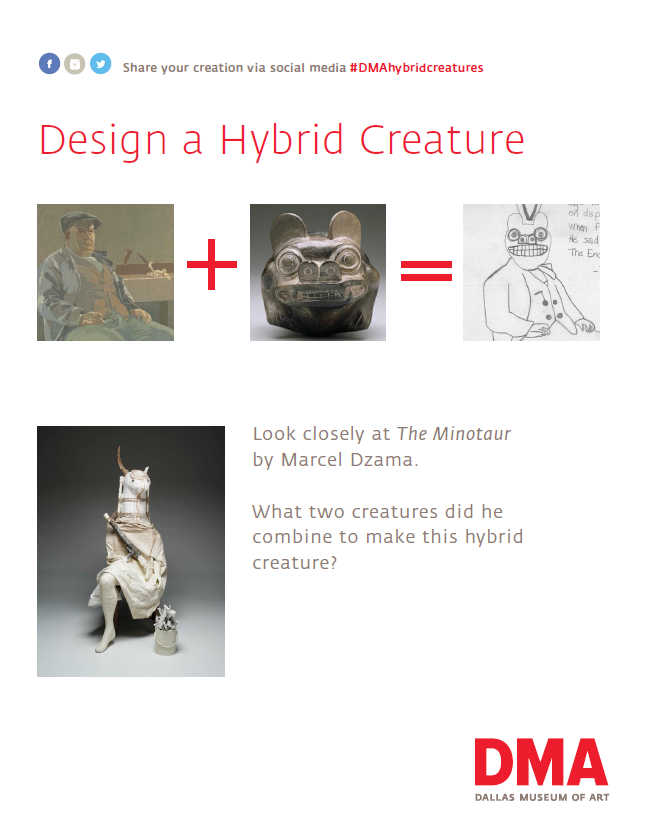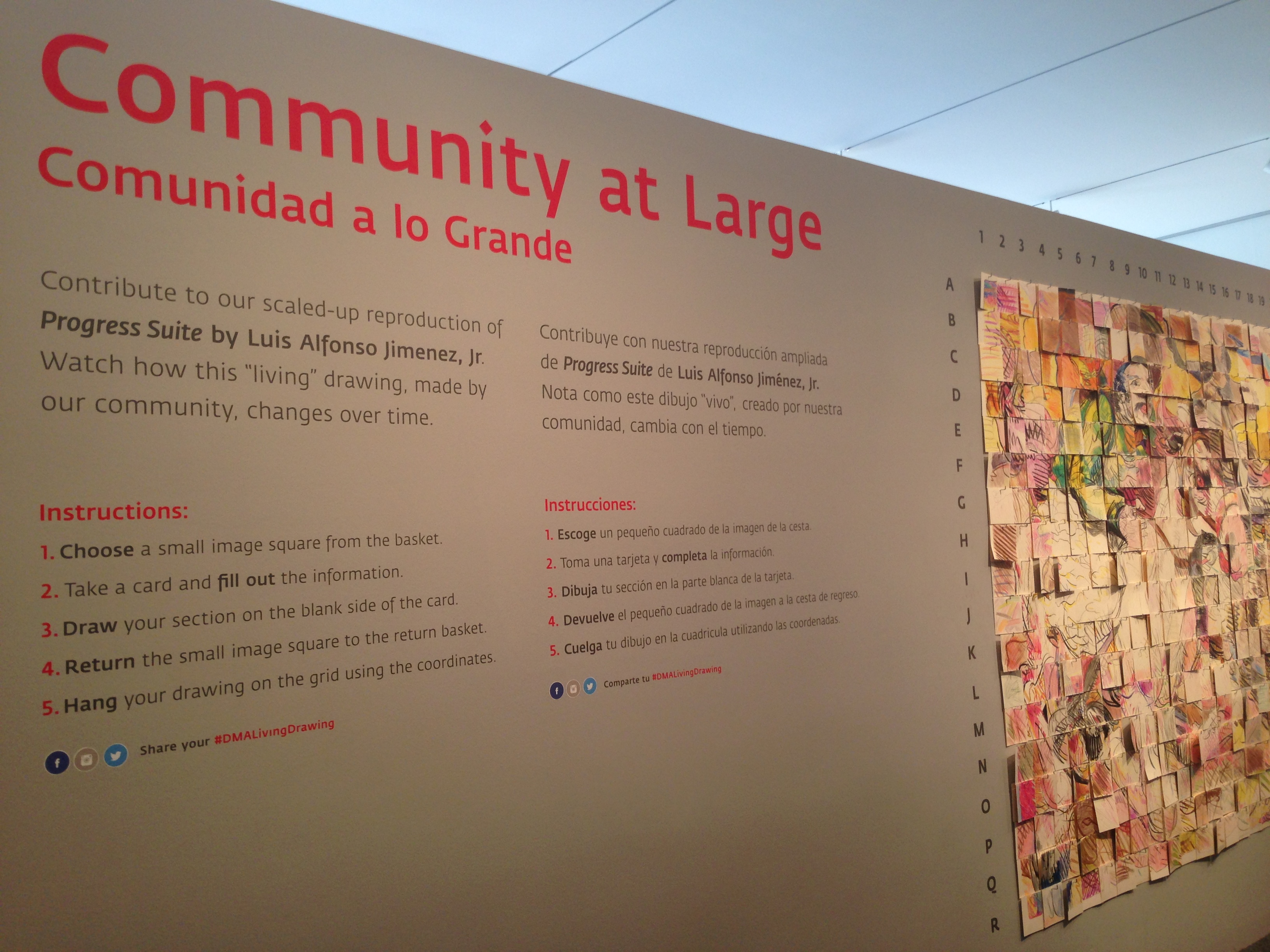Learning English as a second language while living in a Spanish-speaking home didn’t come without its challenges—it took me years before I realized “better late than ever” wasn’t a phrase, and I could write an entire dictionary of hybrid words my siblings and I used by mistake (e.g. “moona,” or moon + luna). In spite of the occasional linguistic faux pas, having the opportunity to communicate in both languages has been incredibly rewarding in my personal life and my experience as an educator.
While I didn’t grow up in Texas, my experience growing up bilingual is pretty common throughout the Dallas-Fort Worth area. More than a third of the population in Texas speaks a language other than English at home, and DFW contains the 6th largest Spanish-speaking population in the United States. Current research demonstrates that both English-learners and native English-speakers benefit from educational settings that foster bilingual literacy. With all of this in mind, how does the DMA factor the demographics of its audience and the scholarship on bilingual education to engage Spanish-speaking visitors?
-
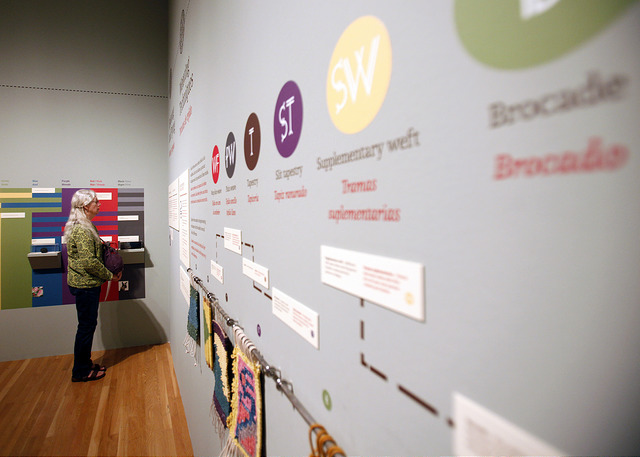
-
Bilingual text in the 2015 Inca exhibition.
-
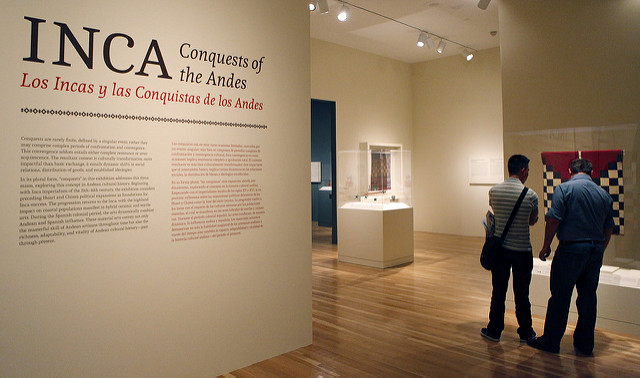
-
Bilingual text in the 2015 Inca exhibition.
Since the Center for Creative Connections (C3) first began implementing bilingual signage on table prompts and wall text, the DMA has introduced a number of additional resources for visitors who want to engage with art by reading, writing, or listening in Spanish. Through a collaboration with Make Art with Purpose, C3 produced the Translating Culture and Translating Culture II gallery guides based on community voices. The 2015 exhibition Inca: Conquests of the Andes/Los Incas y las conquistas de los Andes featured English and Spanish text on its labels and wall didactics, as well as an interactive art scavenger hunt available in both languages. Visitors can also find extended labels in English and Spanish related to two works by Frida Kahlo currently on view in Level 4.
Here are some more bilingual resources we’ve introduced during the past year:
First Tuesday Spanish Family Tours
-

-
Leah, Manager of Family and Early Learning Programs, leading a First Tuesday tour
-
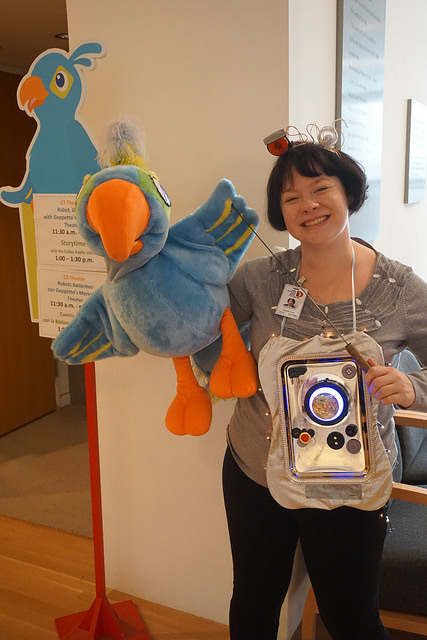
-
Arturo and his robot companion greeting visitors at First Tuesday
On the first Tuesday of the month from September through May, visitors ages 0-5 and their grown-ups are invited to join Museum staff for interactive tours throughout the galleries in both English and Spanish. This past year, I had the pleasure of leading families on Spanish tours inspired by nature, sculptures, robots, pop art, and more. Additionally, the signs and schedules for First Tuesday this past year were printed in both English and Spanish.
Create an exvoto / Crea un exvoto Activities
-
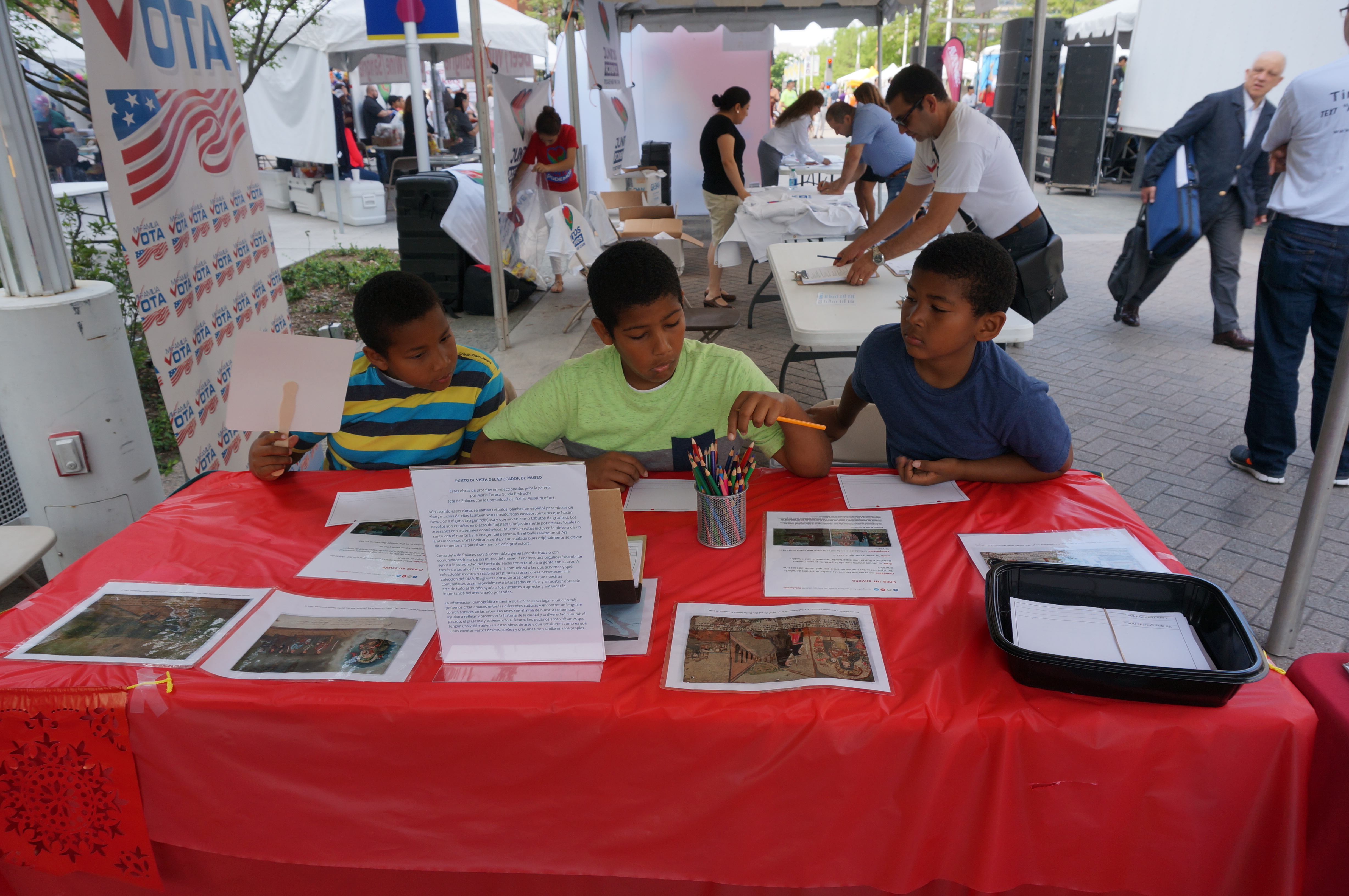
-
Visitors creating exvotos at AVANCE Latino Festival.
-
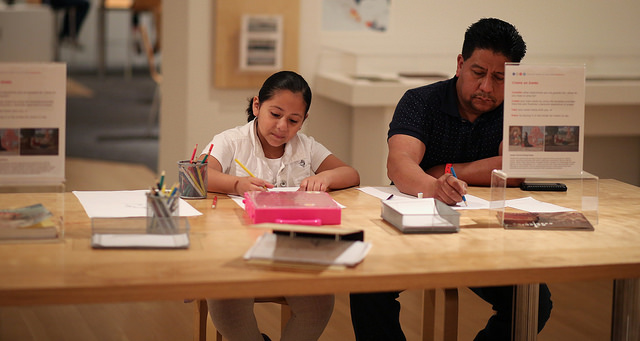
-
Visitors creating exvotos at the DMA.
-
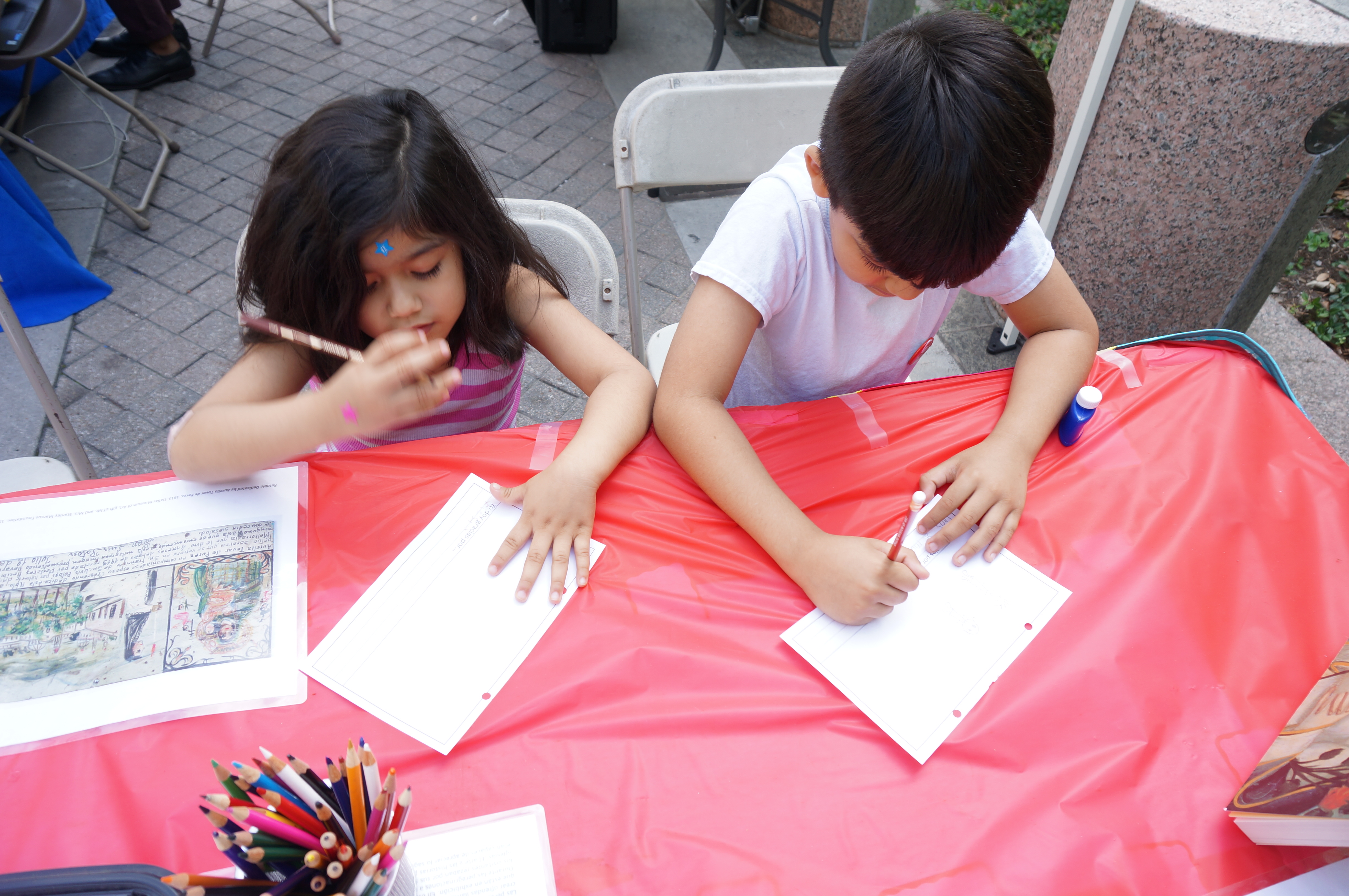
-
Visitors creating exvotos at AVANCE Latino Festival.
The inspiration behind this table activity in the Interactive Gallery came from the exvotos on view in C3, which contain Spanish text describing everyday miracles and expressions of gratitude. When Community Engagement staff designed an off-site version of this activity at the 2016 AVANCE Latino Street Fest, we included bilingual exvoto instructions and templates giving visitors the option to write in English or in Spanish.
Young Learners Gallery
-
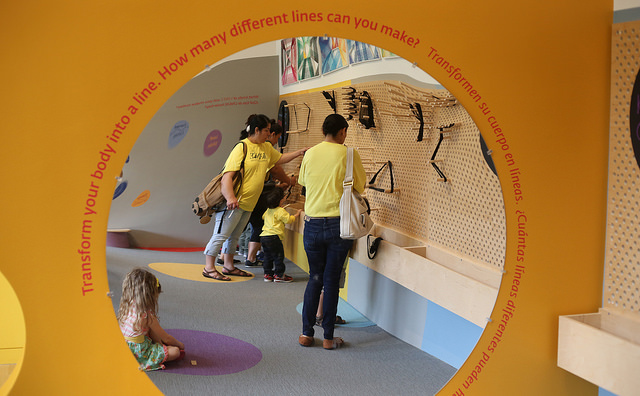
-
Bilingual wall prompt in the YLG
-

-
Types of lines in English and Spanish
-
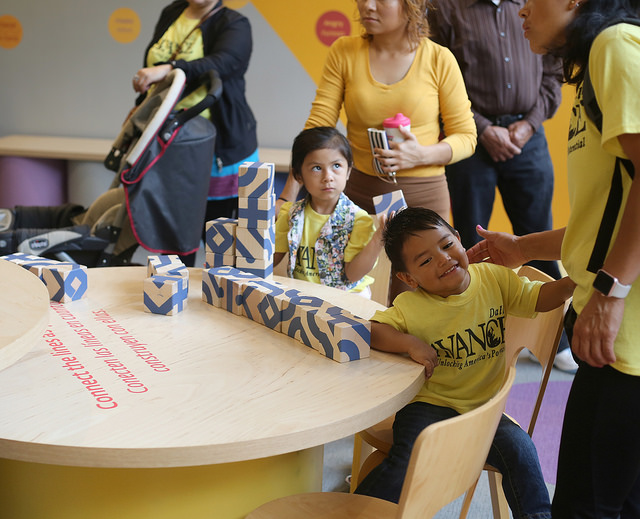
-
Bilingual table prompt in the YLG
Part of the recent redesign for this interactive learning space includes bilingual wall text and activity prompts for children ages 5-8 and their families. Visitors can explore lines and line-making using English and Spanish text, and the various hands-on activities in the space were designed for a number of different learning styles.
Spanish Family Guides (COMING SOON!)
Visitors can pick up Arturo Family Gallery Guides for a fun way to explore the galleries at their own pace. Each one contains activities and questions (and maybe a few puns) for kids and their grown-ups to make meaningful connections with pieces throughout the DMA. Keep an eye out for Spanish language family guides coming soon!
Museums around the country are engaging linguistically diverse audiences in innovative ways, including video guides, co-taught bilingual gallery lessons, and workshops for adult immigrants. What other ways have you seen museums welcome visitors with diverse language backgrounds?
Paulina Lopez
McDermott Graduate Intern for Visitor Engagement
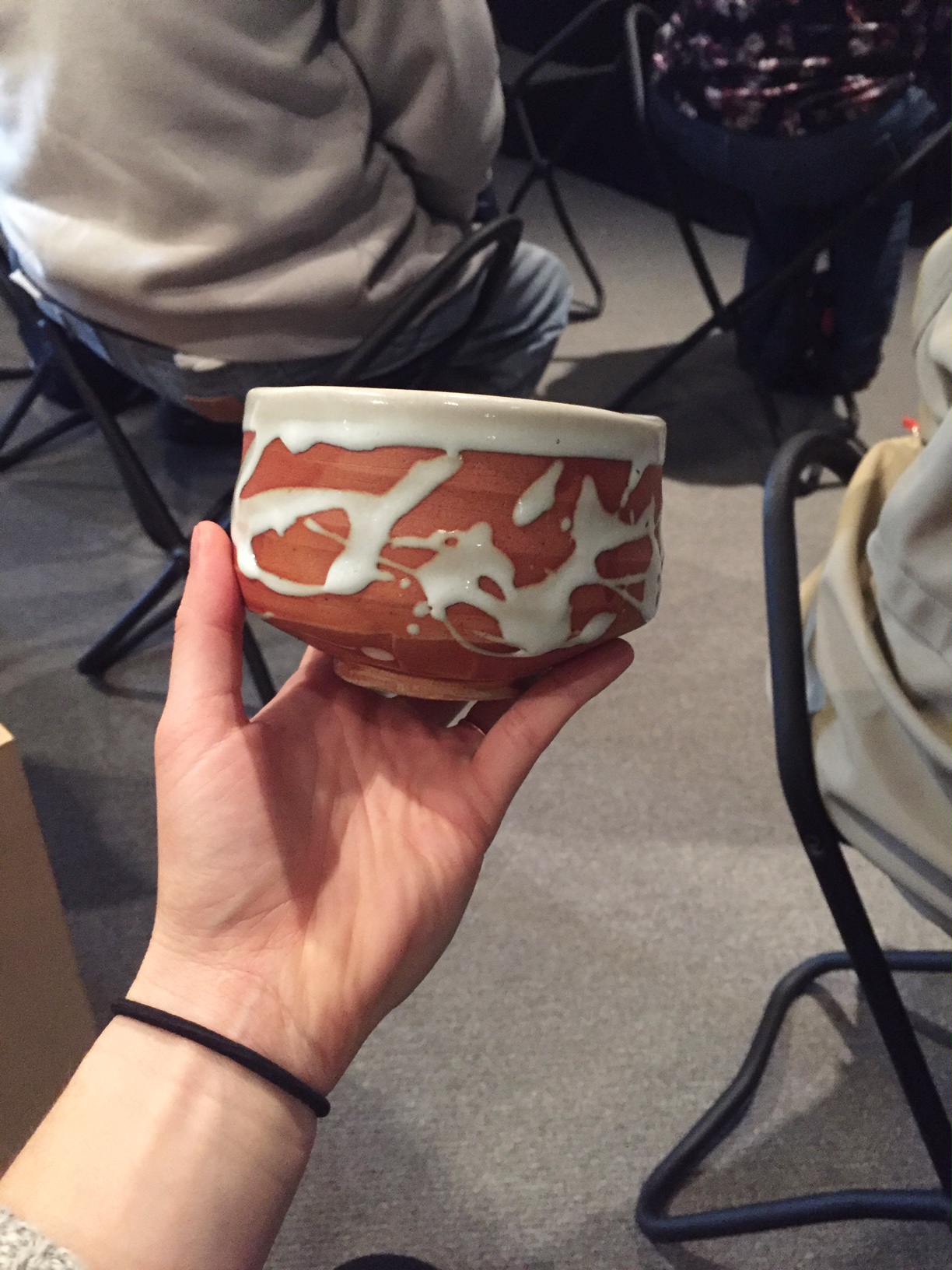
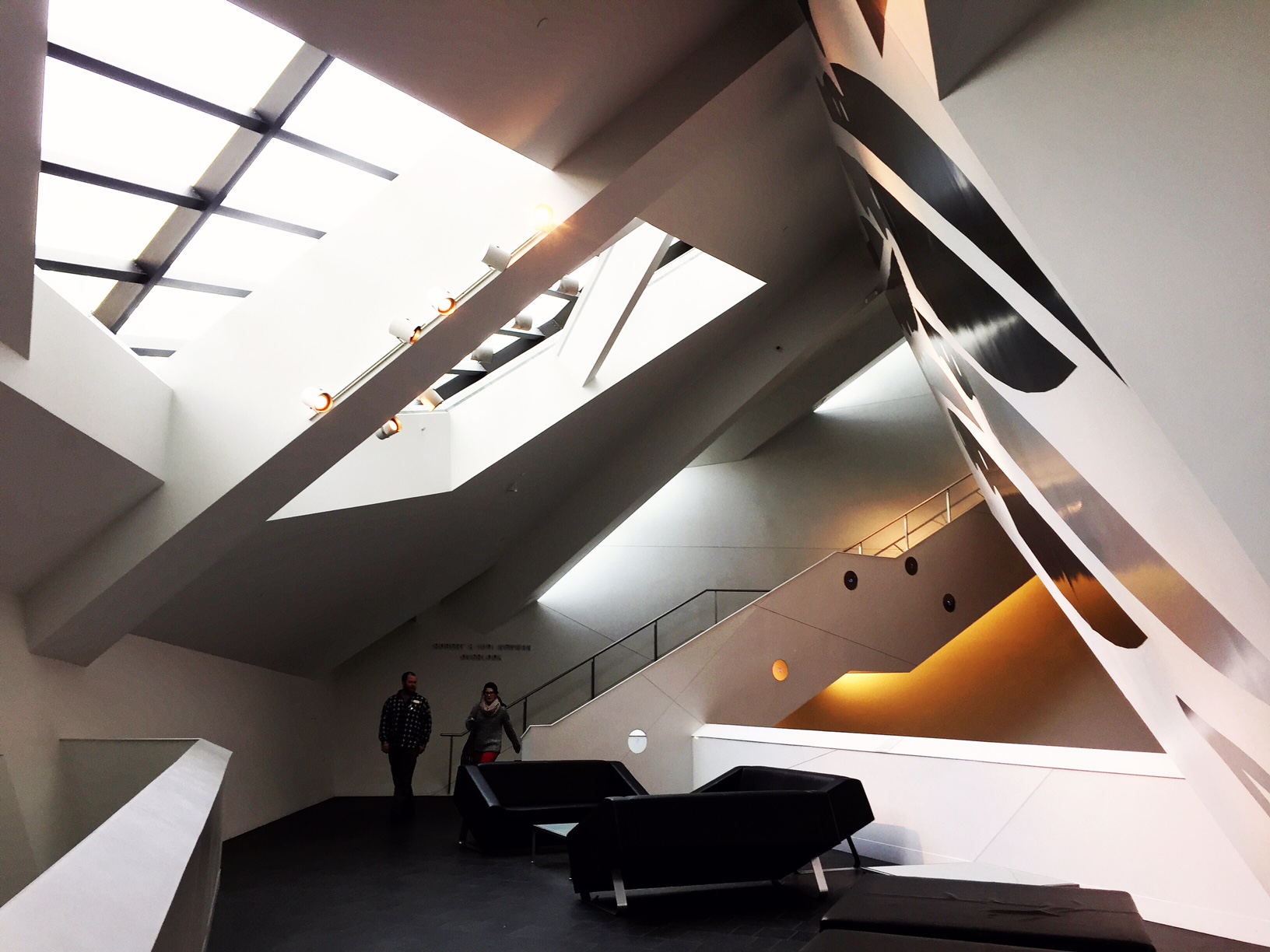
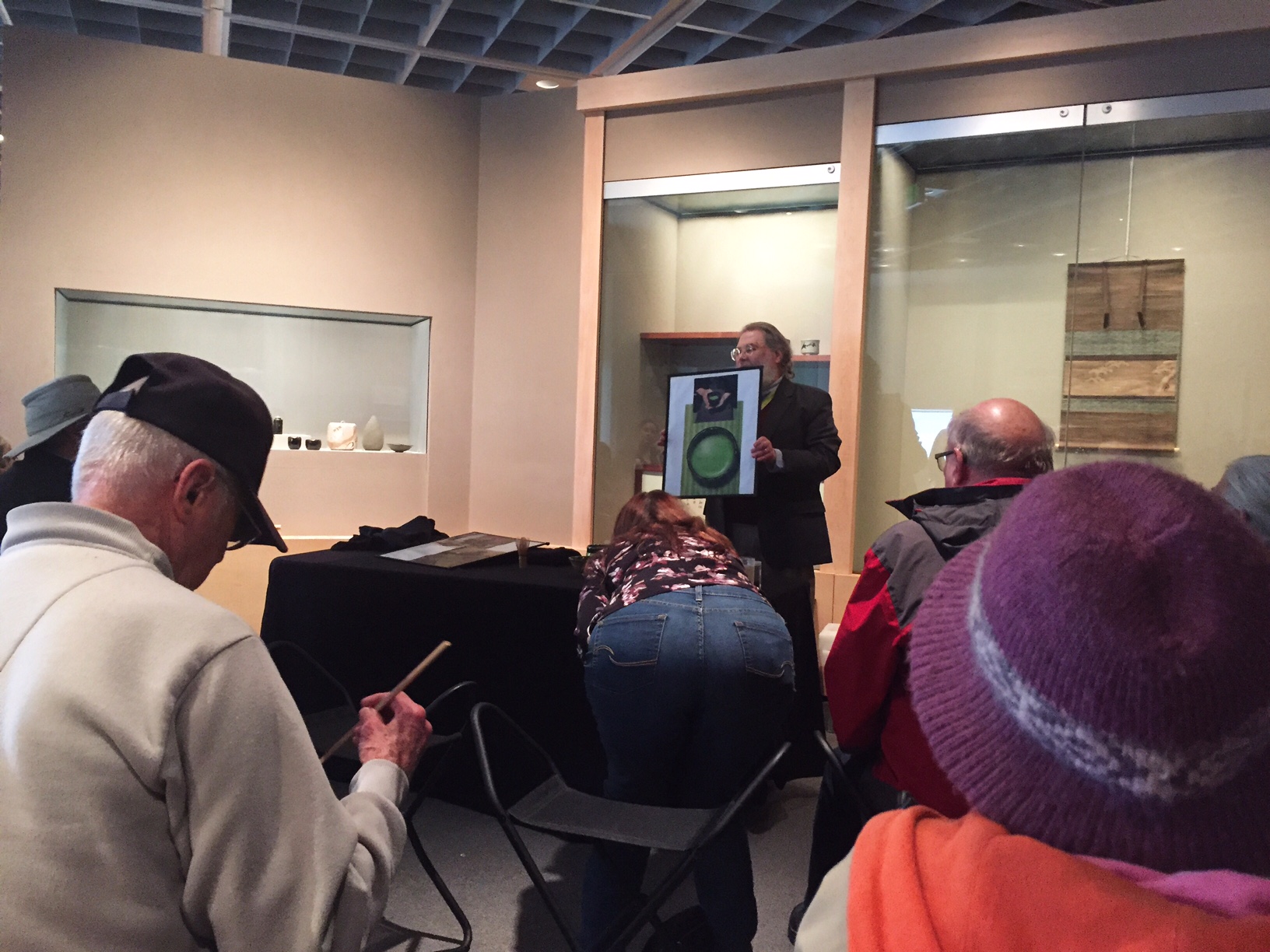

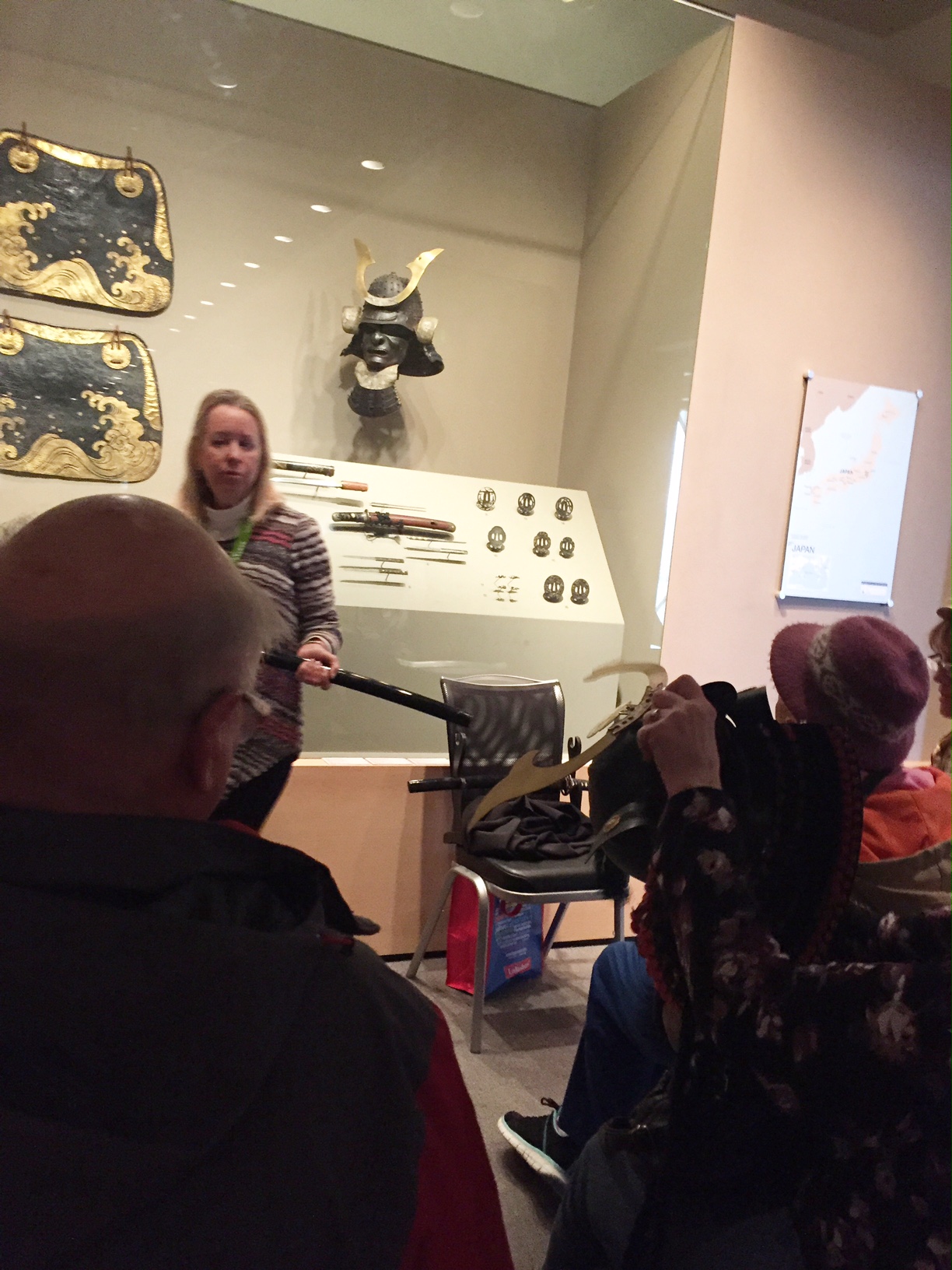
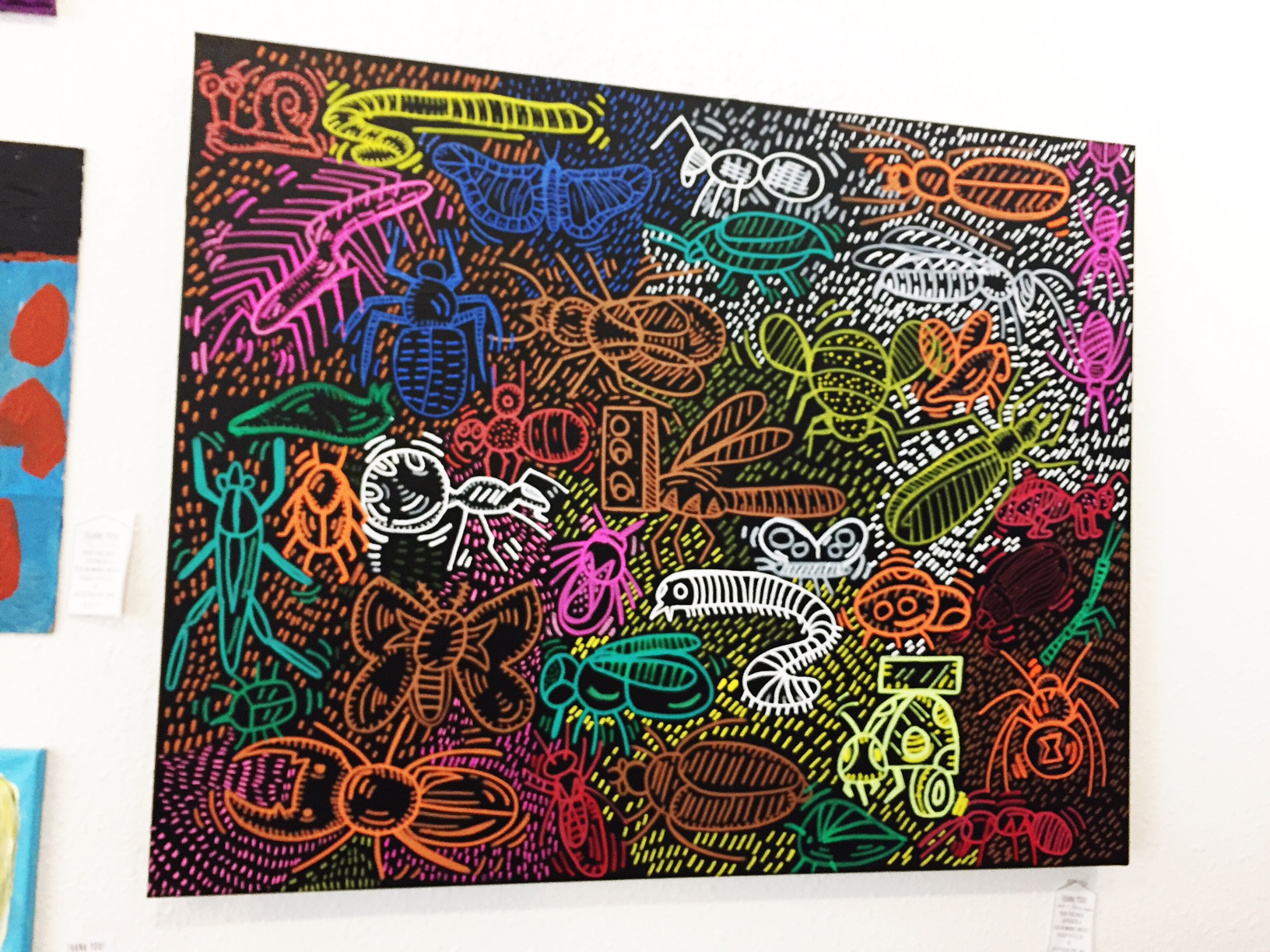
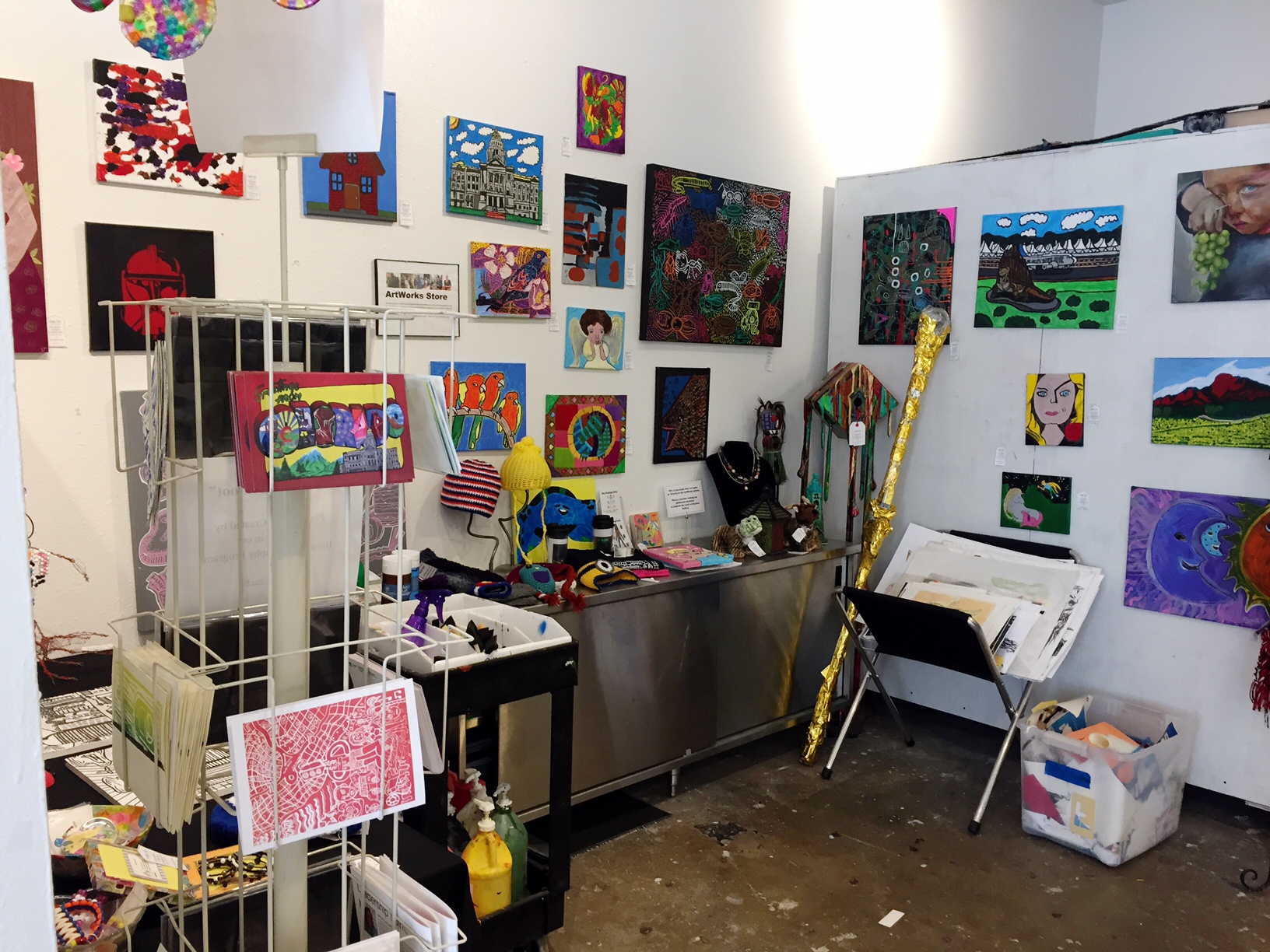
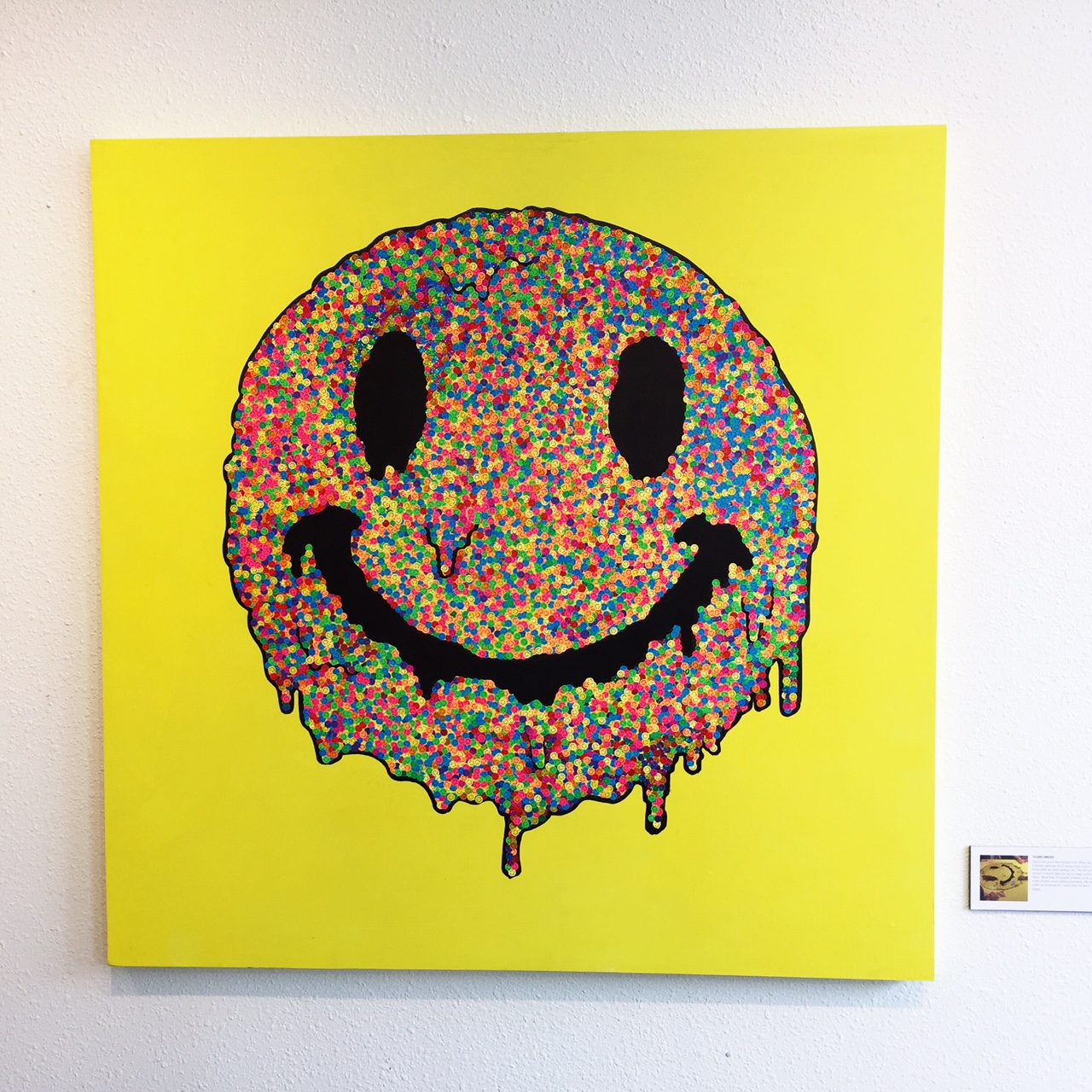


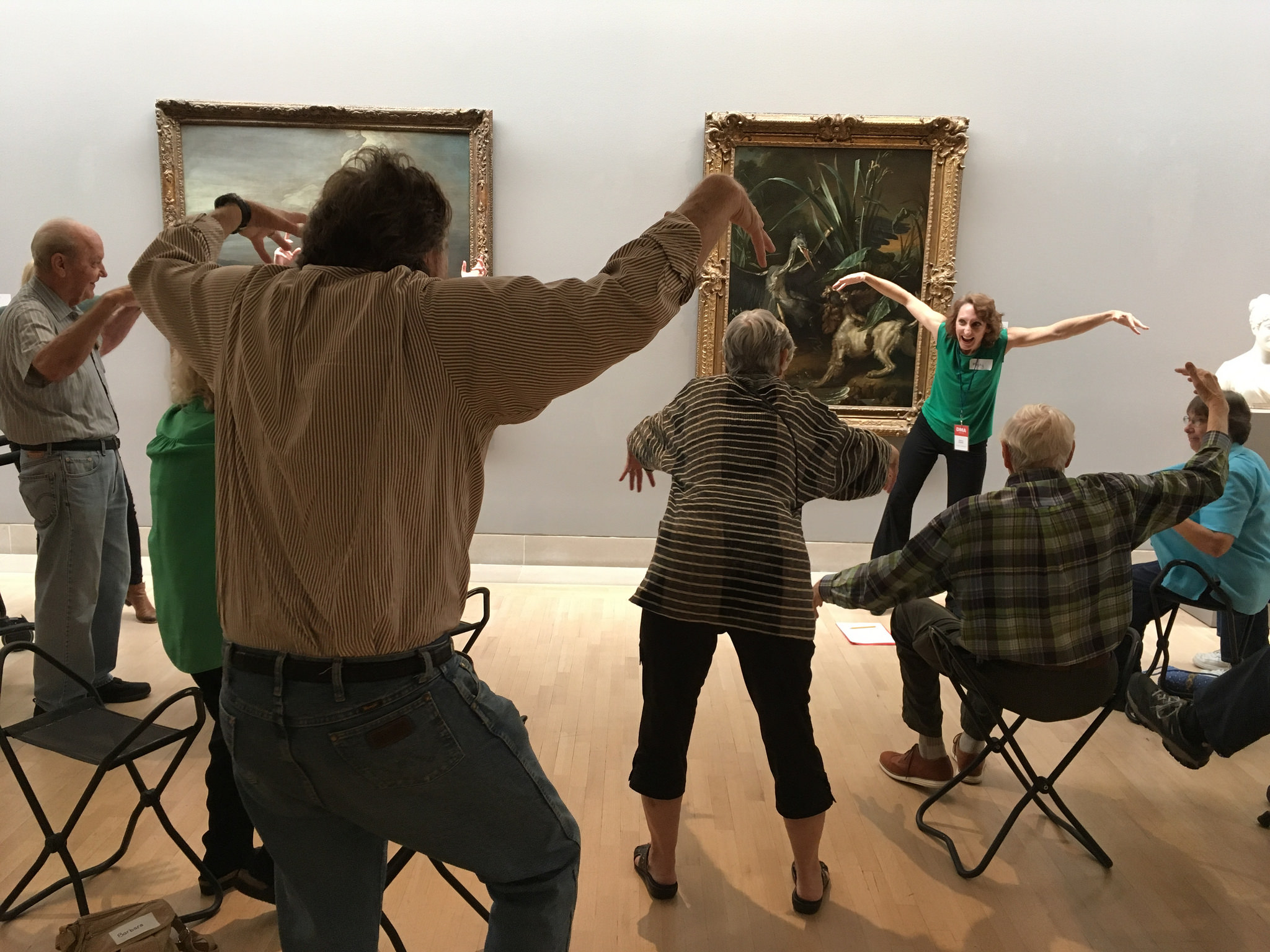
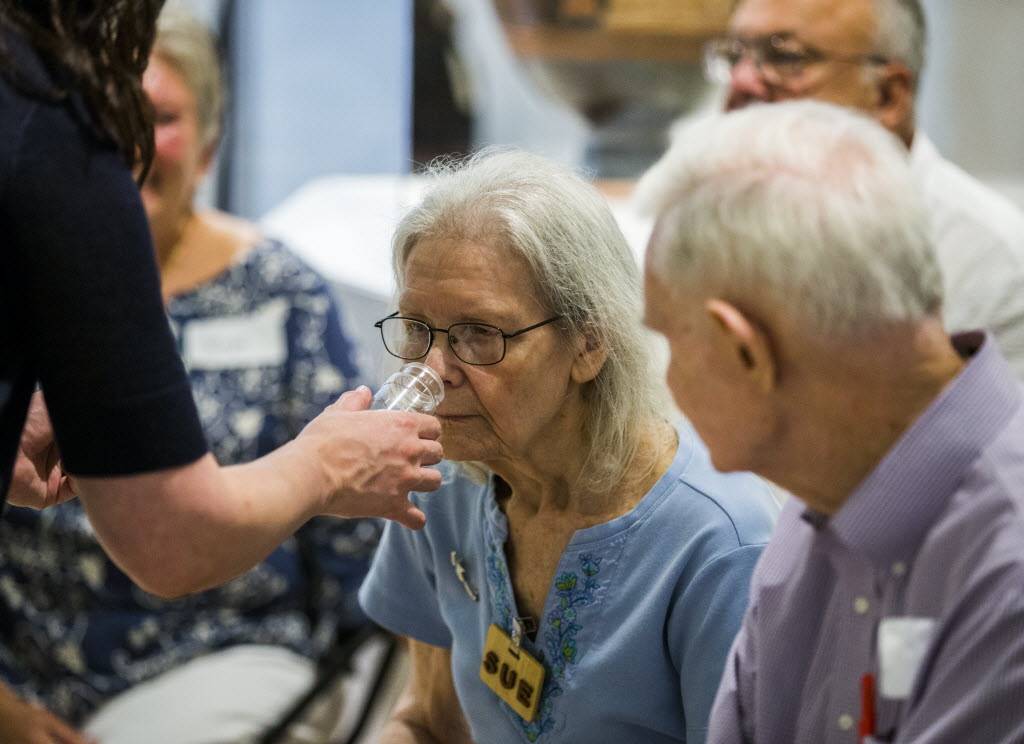
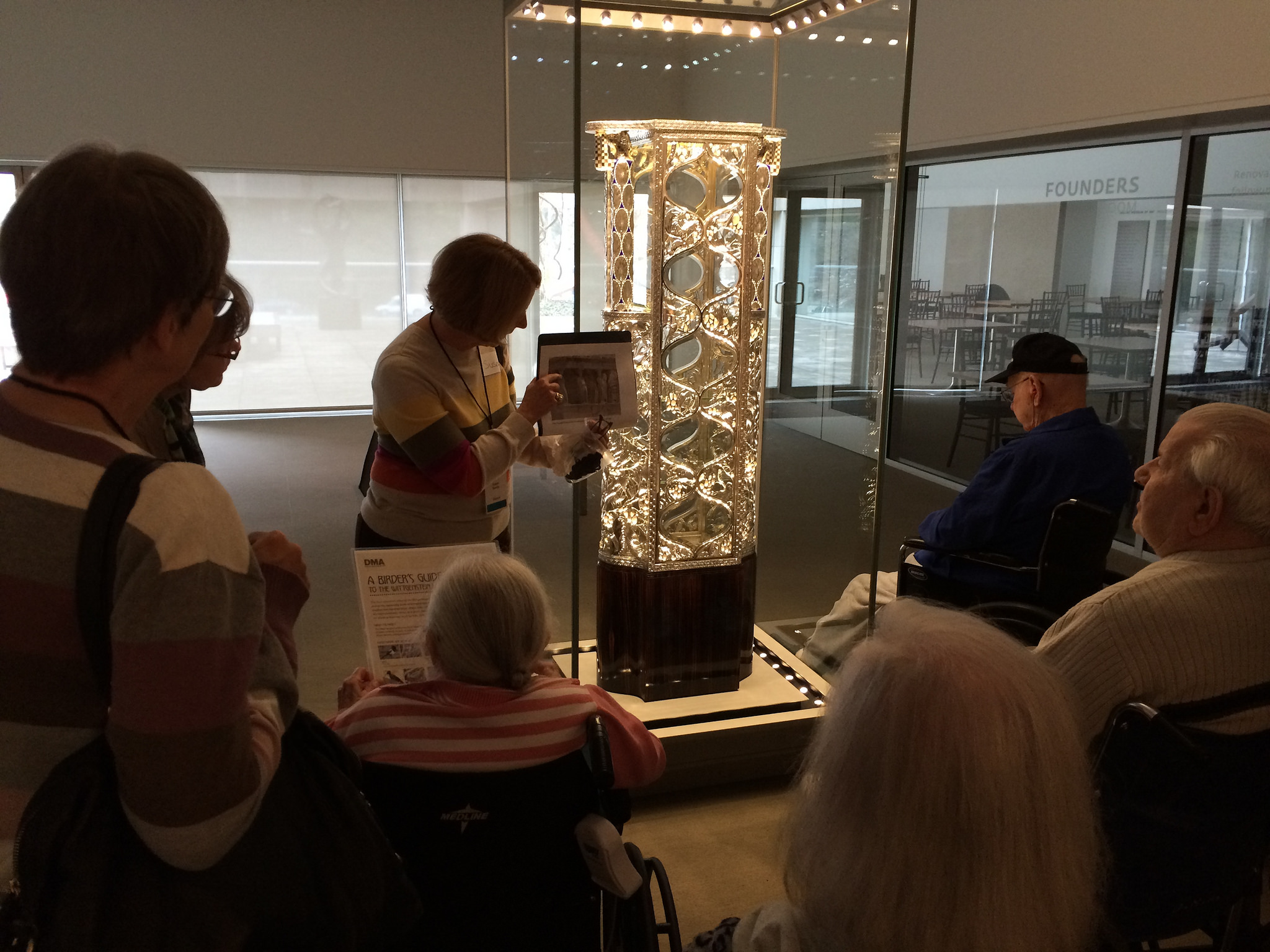













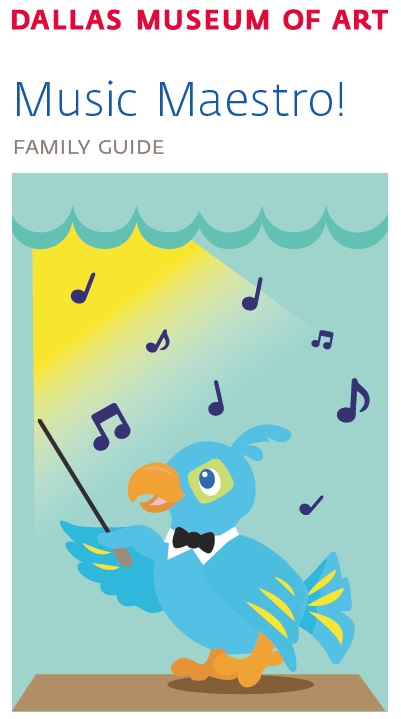

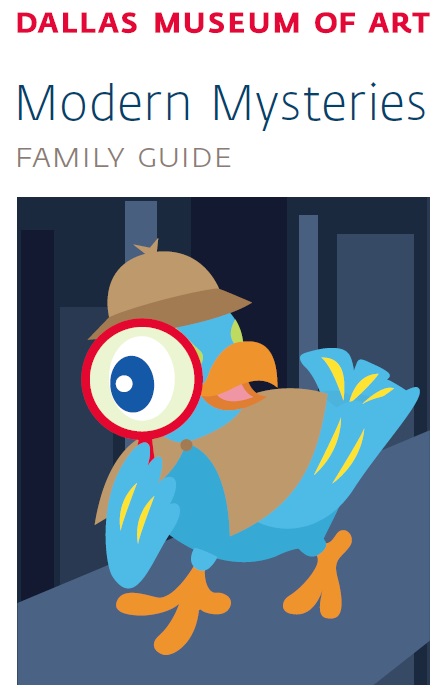
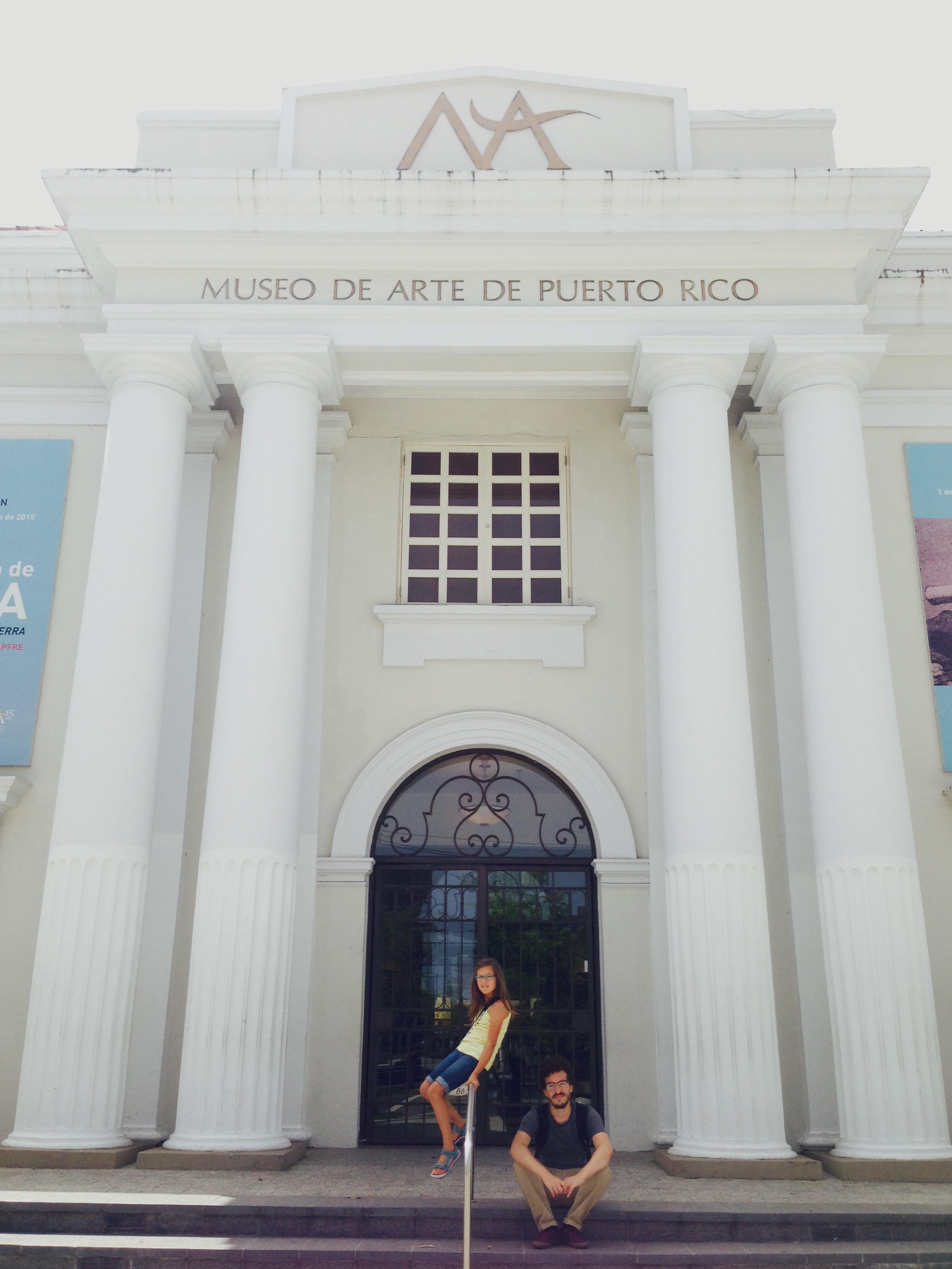 Last week, while vacationing in San Juan with my family, we stopped by the
Last week, while vacationing in San Juan with my family, we stopped by the 
